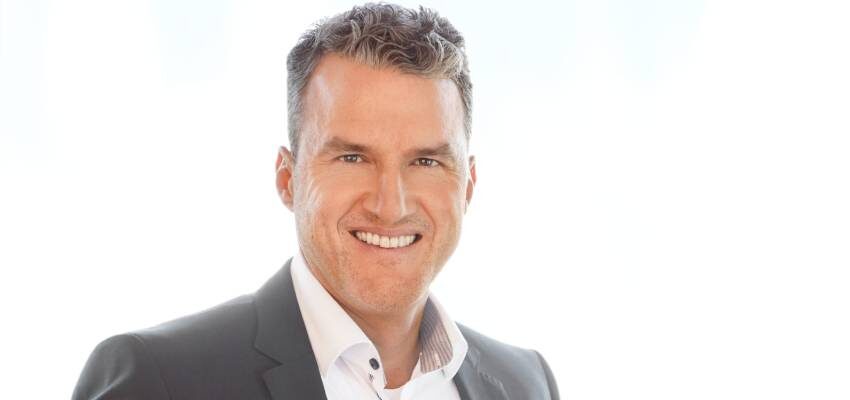
Interview with Eduardo Terzi, Siemens Energy’s Senior Vice-President for Non-Switching Products
Energy systems are undergoing basic changes, with the trends that we see as the four D’s: demand growth, decentralization, decarbonization, and digitalization.
byTransformers Magazine

The four D’s fundamental changes
Energy systems around the world are undergoing fundamental changes − the balance of fossil fuels and renewable energy sources is shifting towards a decarbonized portfolio. According to studies, global demand for electricity generation will increase by more than 50 % by 2040. Demand growth is mostly driven by almost a billion people still living without access to electricity, the increasing electrification of industries and the emergence of new consumers such as data centers and e-mobility.
So, the main trends that we see are the four D’s: demand growth, decentralization, decarbonization, and digitalization. Decentralization and decarbonization will also bring changes to our portfolio. Because of decentralization, there will be an increasing demand for medium power transformers (MPTs) and distribution transformers for wind and photovoltaic (PV) power generation. The increasing integration of fluctuating renewable energy will also lead to a higher demand for phase-shifting transformers (PSTs), variable shunt reactors (VSRs) and more high voltage direct current (HVDC) systems for offshore grid connections. However, decarbonization is not only driving the type of products, but also the materials and the way we produce the equipment, so there is a shift towards more sustainable solutions such as the application of ester oil, dry-type bushings, and dry-type distribution transformers.
We have been adapting ourselves according to the four-D drivers very quickly, both in footprint and R&D investments
It is important for us to support our customers on their individual paths towards an efficient, resilient, and sustainable energy network. A good example is the replacement of sulfur hexafluoride (SF6) or other fluorinated gases, called F-gases, in instrument transformers and other transmission products. Since sustainability is of increasing significance for our customers and ourselves, we are offering applications that use dry synthetic air, so called “clean air”, as an insulations medium for gas-insulated equipment.
Finally, all our products come with digitalization features that provide more and more support and value added for customers to better manage the grid and their assets, reducing CAPEX and OPEX.
These are a lot of changes, indeed, but with our broad, continuously renewed portfolio, and our global footprint, we are very well prepared to meet the changing customer demands. We have been adapting ourselves very quickly both in footprint and R&D investments. And in the end, it is all about having the right portfolio, the right people in place, and being on the edge of innovation.







